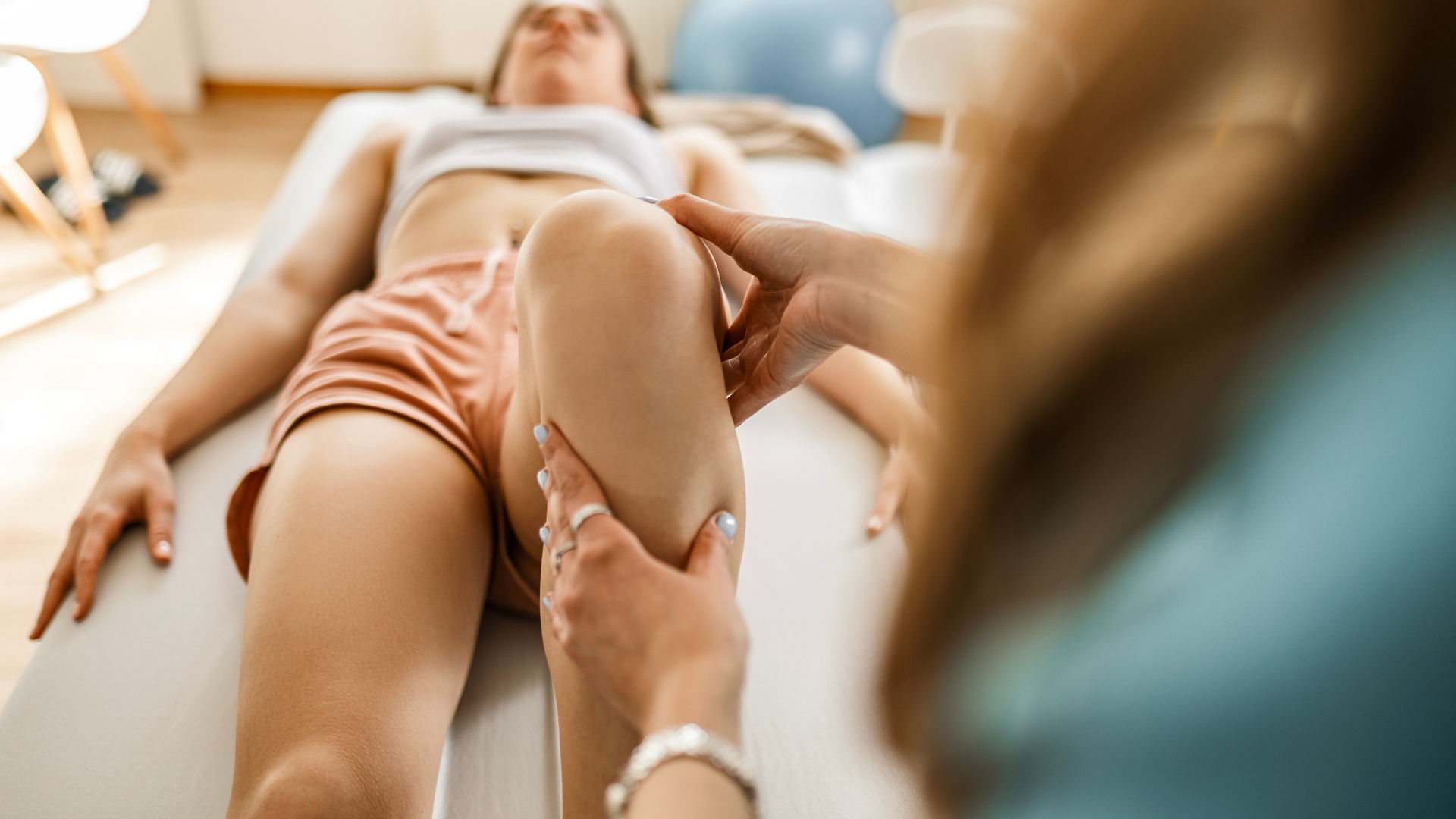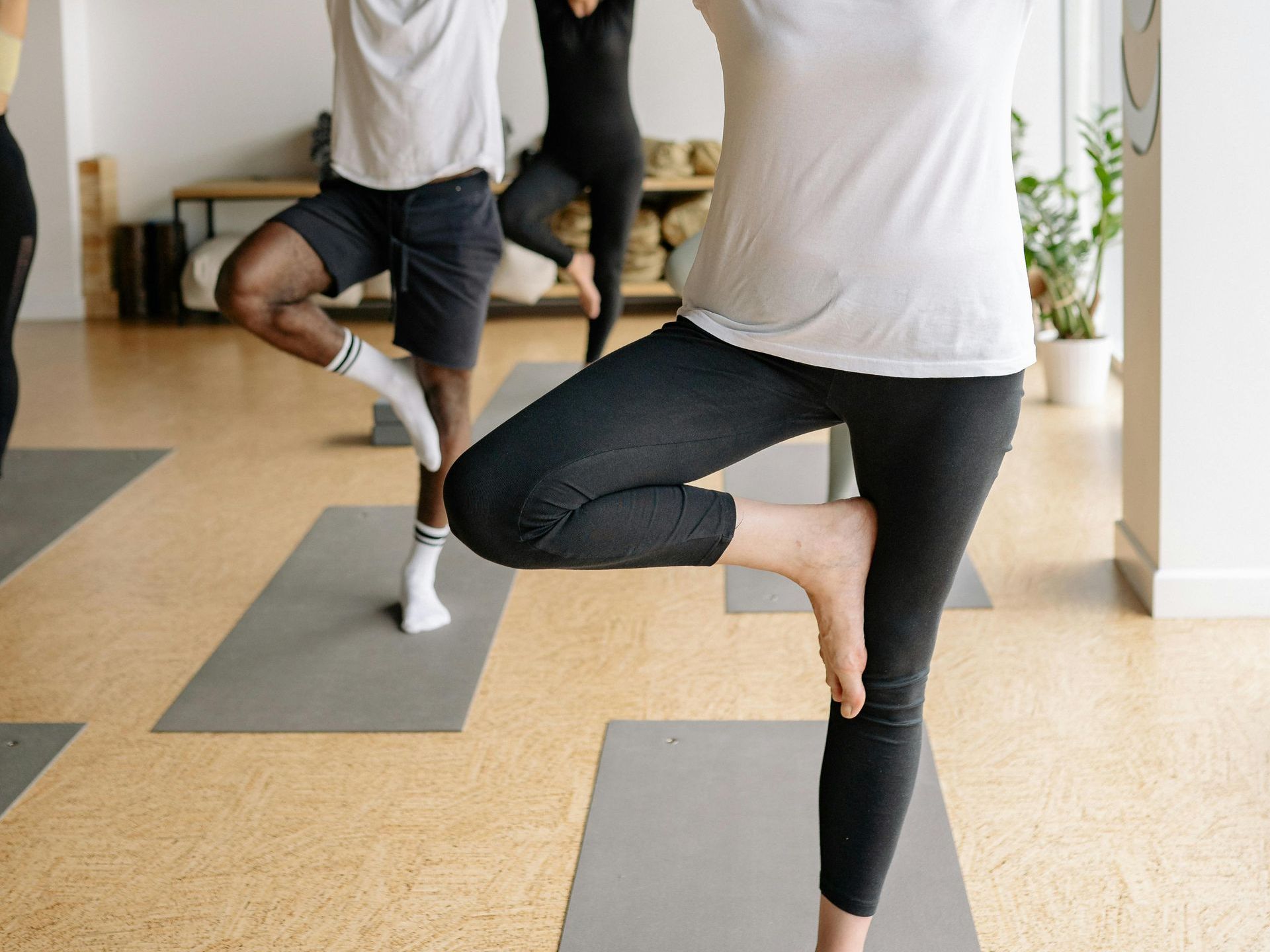Remedial versus Deep Tissue Massage – What’s the difference?
How to select the right massage, by the right provider, and get a great massage every time.

Massage is a proven beneficial adjunct therapy to assist with recovery from many different types of musculoskeletal problems. Things like back pain, shoulder and neck pain, headaches, even sciatica. But choosing the type of massage you need and finding a professional massage therapist to deliver that technique effectively can be a challenge. So, what is the difference between a deep tissue massage and a remedial massage? And how do you find a reputable provider to get a great massage every time?
What is the difference?
Deep Tissue Massage
Deep tissue massage is a whole-body technique used widely in massage therapy to treat the different layers of tissue. The technique focuses on setting a rhythm and using long, flowing strokes to apply firm pressure to the muscles of the affected area. The repeated use of slow, deep strokes and progressive pressure to relax the superficial layers of tissue allow the therapist to reach the deeper layers of muscle and fascia. Through these techniques trigger points can be released, muscles relaxed, and joint mobility improved. The pressure applied with a deep tissue massage can be uncomfortable, however fans of this technique describe it as ‘good pain’ and contributes to the benefits of the technique.
Remedial Massage
Remedial massage is a more targeted technique, delivered by trained massage therapists, and relies on a skilled assessment of the patient to identify structures that are contributing to pain, discomfort, or tightness. As the name implies, remedial massage aims to remedy problems such as a knee, shoulder, or lower back injury, using a combination of massage and stretching techniques to achieve the best outcomes for the individual.
Because remedial massage is performed with a goal in mind, treatment will often involve a series of sessions where the therapist is constantly assessing the state of the patient and noting any improvements or deterioration.
Treatment may be coordinated with other health care services such as physiotherapy or hydrotherapy, with adjustments to treatment type and frequency to give their patient the best possible chance of recovery.
Which massage technique is best for you?
Everybody is different and treatment should be considerate of the presenting signs and symptoms and health care needs of the individual. Clients should discuss their underlying health conditions and treatment goals with a health practitioner or the treating therapist prior to consenting to treatment.
Deep tissue massage is best for people looking for a whole-body experience and are comfortable with firm pressure and some discomfort to release muscle tension and enhance recovery from physical activity.
People with underlying health conditions such as osteoporosis, cancer, or blood clots, or persons who have chronic pain,
may have adverse outcomes to deep tissue massage.
If you are uncertain if deep tissue massage is appropriate for you, consult with your physiotherapist or GP prior to attending a massage appointment.
Remedial massage is a targeted treatment based on a thorough assessment before treatment techniques are selected. Remedial massage therapists have extra training and skills and utilise these in a multi-disciplinary approach to achieve individual health care goals. Remedial massage is perfect for those people with injuries such as rotator cuff disease, anterior knee pain, and piriformis syndrome. It can greatly benefit recovery following surgery, reduce pain and discomfort associated with some chronic pain presentations, even assist with stress and anxiety.
The Take Home
Both deep tissue and remedial massage therapy are effective forms of treatment for those who suffer a range of musculoskeletal conditions, chronic pain, sleep disturbance, stress, and anxiety. It provides numerous physical and mental health benefits, including reducing inflammation, promoting healing, and improving overall physical and mental well-being. By combining with therapeutic exercise and some simple self-management strategies, clients can maximize the benefits of therapy and maintain long-term improved general health and well-being.
Want to learn more about remedial massage and how it can help? Click here.
Want to learn more about deep tissue massage and how it can help? Click here.
If you're looking for a Remedial Massage Therapist, then give us a call.
We have a fully qualified, experienced massage therapist on staff who works closely with our clinical team to achieve outstanding results.
Give us a call on 08 8945 3799 or Book Online now.








